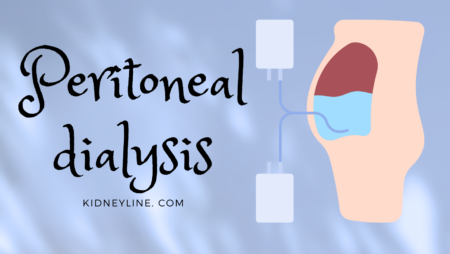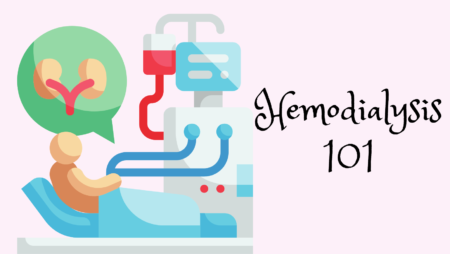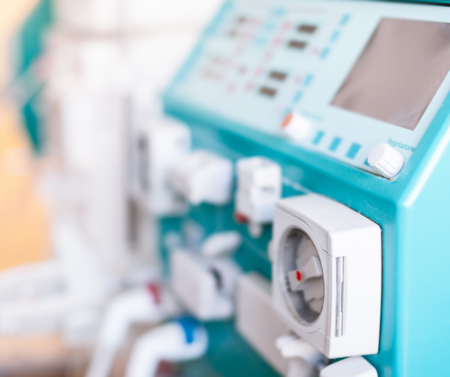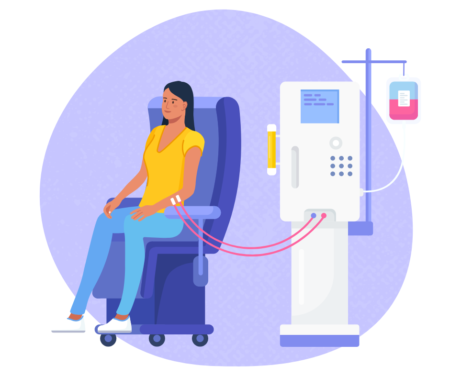Many people who go through hemodialysis say they feel very tired or weak afterward. This …

an online kidney care resource
an online kidney care resource

Many people who go through hemodialysis say they feel very tired or weak afterward. This …

If you’re starting dialysis or have been told you need a neck line, it can …

If you’re on hemodialysis and have noticed that you’re no longer making urine or making very little know that you’re not alone. But before you worry, here’s what you need to know.

Plasmapharesis and hemodialysis are life saving procedures. People with kidney disease may benefit from either or both of them.

If you’re scared because you’ve been told you are to start dialysis, know that you’re not alone. In this blog post, we will address some concerns.

Peritoneal dialysis is a treatment option for individuals with kidney failure. It is a way to help the body get rid of harmful toxins

Hemodialysis is a life-saving treatment for patients with end-stage renal disease. It is a complex and time-consuming process requiring specialized equipment.

Feeling anxious about starting hemodialysis is normal. But hemodialysis is a life saving procedure. Here are some benefits of hemodialysis to keep in mind.

Dialysis can cause uncomfortable muscle cramps that may be a source of mild discomfort or excruciating pain. They complicate about 33-86% of dialysis sessions.

Shivering during dialysis may be caused by the environment, dialysis process or factors within the individual.